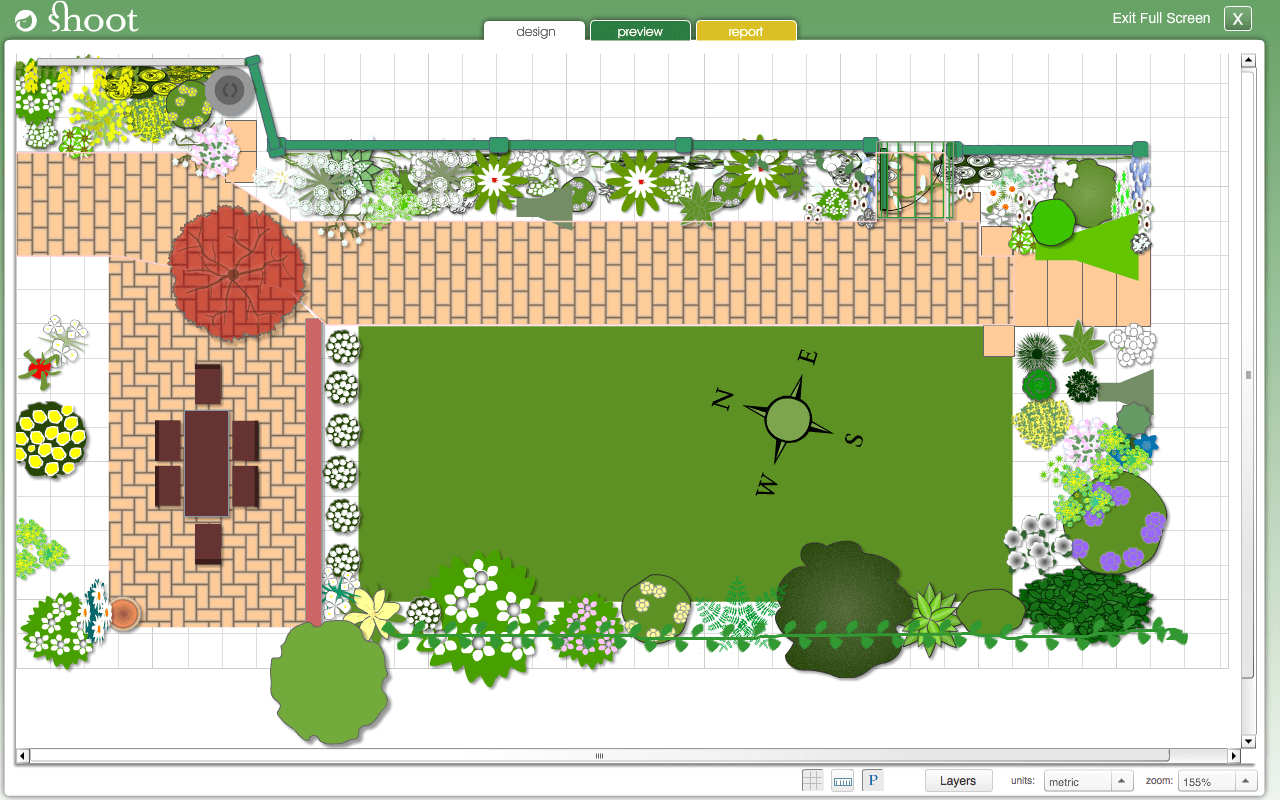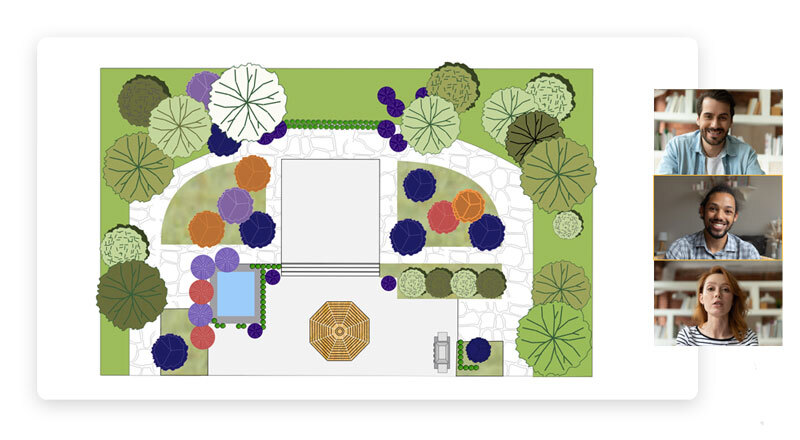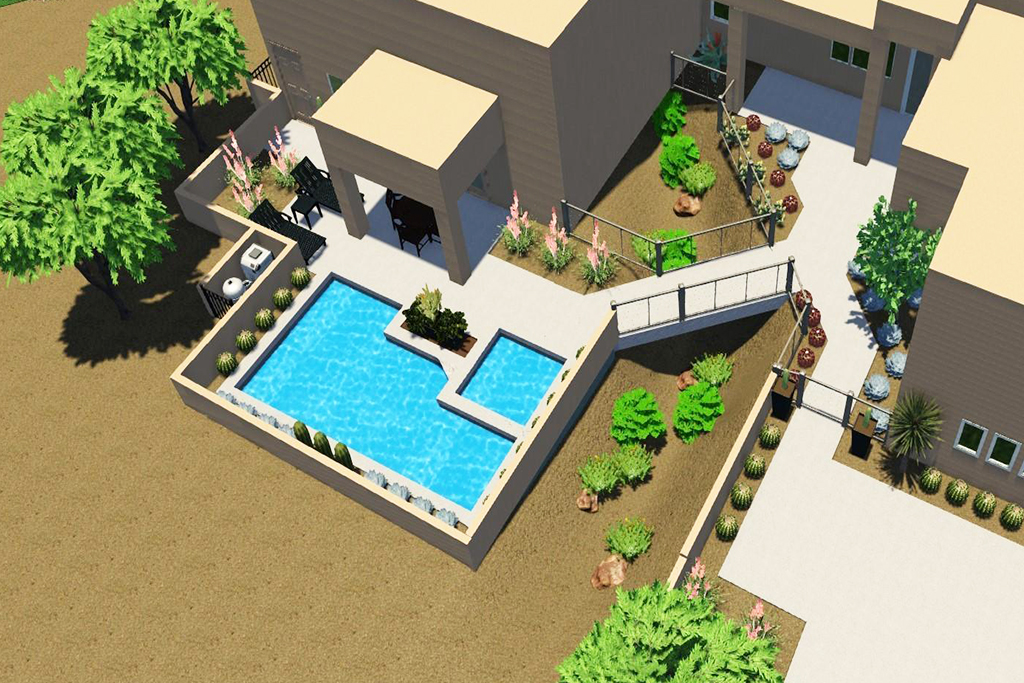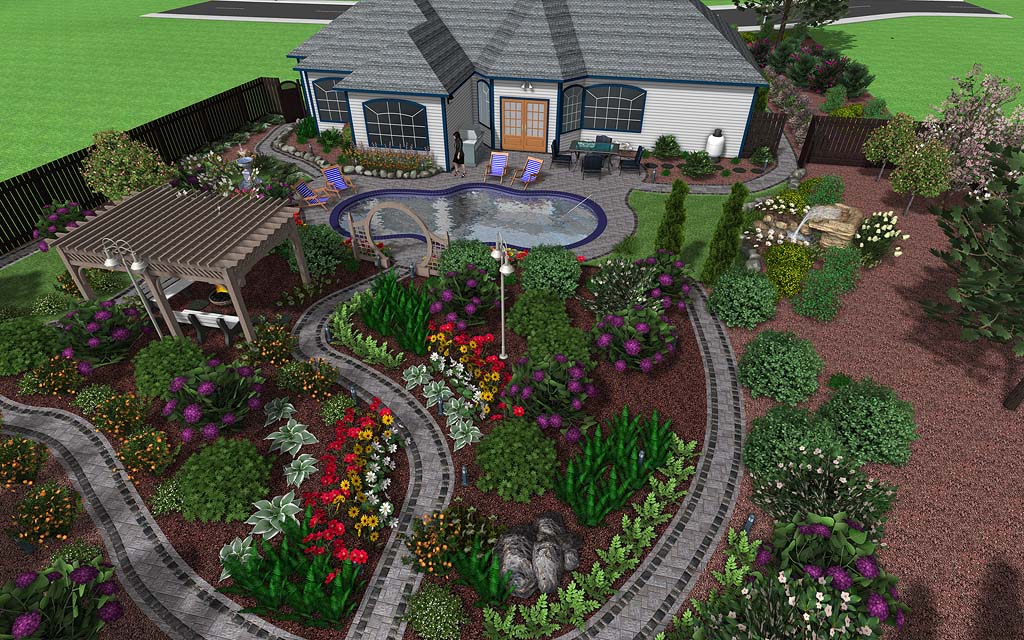One of the most popular and well-designed options for a kitchen garden is a raised garden bed. This type of garden is created by building a raised platform or frame and filling it with soil to create a contained area for planting. Raised garden beds offer several advantages, such as better drainage, controlled soil quality, and easier access for gardening. They are also aesthetically pleasing and can be built in various shapes and sizes to fit any space.1. Raised Garden Beds
If you have limited space but still want to grow your own vegetables and herbs, vertical gardening is the perfect solution. This type of garden involves growing plants vertically on walls, trellises, or other structures. It not only maximizes the use of limited space but also adds a unique and visually appealing element to your kitchen garden. You can use a variety of containers, such as hanging baskets, wall planters, or even repurposed materials like pallets, to create a vertical garden.2. Vertical Gardening
For those who don't have a lot of outdoor space, container gardening is a great option. This method involves growing plants in containers, such as pots, buckets, or even old tires. It allows you to have a kitchen garden on a balcony, patio, or even indoors. Container gardening is also perfect for those who want to move their plants around or experiment with different plant combinations. You can grow a variety of vegetables, herbs, and even fruits in containers, making it a versatile and convenient option for any kitchen garden.3. Container Gardening
No kitchen garden is complete without a herb garden. Not only do herbs add flavor to your cooking, but they also have numerous health benefits. A well-designed herb garden can be a beautiful addition to your kitchen, with a variety of aromatic and flavorful herbs like basil, rosemary, thyme, and mint. You can grow herbs in small pots, window boxes, or even in a designated area of your raised bed. Having fresh herbs at your fingertips can elevate any dish and make your cooking experience more enjoyable.4. Herb Garden
Why not make your kitchen garden a part of your overall landscape design? Edible landscaping involves incorporating edible plants, such as fruits, vegetables, and herbs, into your existing landscaping. This not only adds beauty to your outdoor space but also provides a sustainable source of fresh produce. You can use a variety of design techniques, such as interplanting, to create a visually appealing and functional edible landscape.5. Edible Landscaping
Permaculture is a sustainable and holistic approach to gardening that focuses on creating a self-sufficient ecosystem. This design involves using natural systems to grow food and minimize waste. It includes techniques such as companion planting, polycultures, and composting to create a self-sustaining garden. Permaculture designs are not only environmentally friendly but also aesthetically pleasing, making them a popular choice for well-designed kitchen gardens.6. Permaculture Design
Companion planting is a gardening technique that involves planting different types of plants together to benefit each other. This method can help control pests, improve soil quality, and increase yields. For example, planting marigolds with vegetables can repel pests, while planting beans with corn can provide nitrogen to the soil. Companion planting is a simple and effective way to maximize the use of your garden space and promote a healthy ecosystem.7. Companion Planting
Hydroponic gardening is a soilless method of growing plants using water and nutrients. It involves suspending plants in a solution of water and nutrients, providing them with the essential elements they need to grow. This type of gardening is ideal for those with limited space, as it can be done indoors or in a small outdoor area. It also allows for year-round gardening and can result in higher yields compared to traditional soil gardening.8. Hydroponic Gardening
Incorporating sustainable practices into your kitchen garden is not only good for the environment but also for your health. Sustainable gardening involves using natural methods to grow plants, such as composting, using organic fertilizers, and conserving water. It also focuses on choosing plants that are well-suited to your climate and soil conditions, reducing the need for pesticides and fertilizers. A sustainable garden not only benefits the environment but also produces healthier and more nutritious food.9. Sustainable Gardening
If you're someone who likes to plan and visualize your garden before getting your hands dirty, garden design software can be a useful tool. This type of software allows you to create a virtual representation of your garden, experiment with different layouts, and choose the right plants for your space. Some software even offers features like plant databases, garden planning tools, and 3D modeling. Using garden design software can help you create a well-designed and functional kitchen garden that meets your specific needs and preferences.10. Garden Design Software
A Well-Designed Kitchen Garden: The Perfect Addition to Your Home

The Benefits of a Kitchen Garden
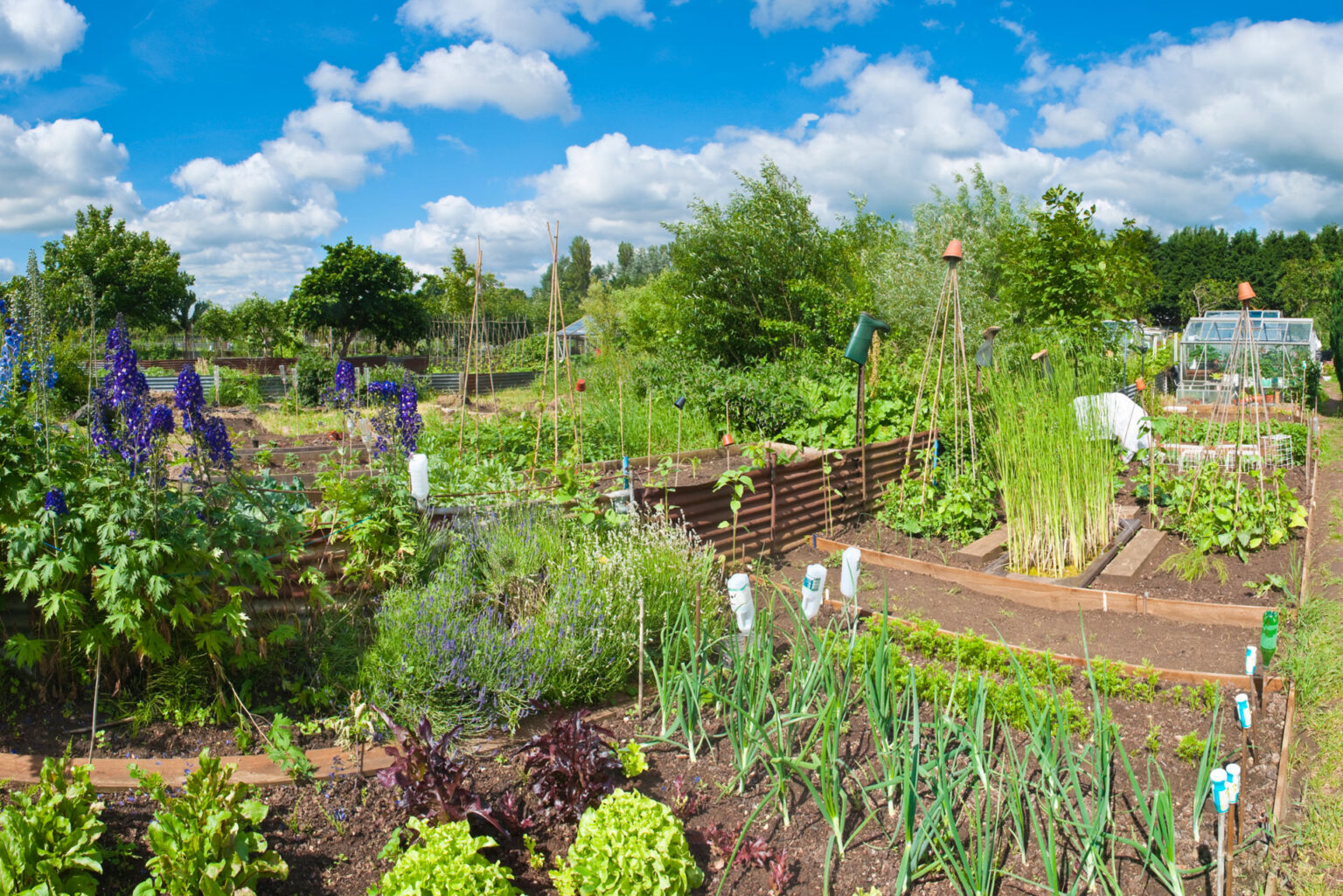 A kitchen garden, also known as a potager garden, is a small area in your backyard or even on your balcony that is dedicated to growing fresh herbs, fruits, and vegetables. Not only does it add beauty and character to your home, but it also provides numerous benefits for you and your family.
Freshly grown produce not only tastes better, but it is also more nutritious and free of harmful pesticides and chemicals.
A kitchen garden also promotes sustainability and self-sufficiency, reducing your carbon footprint and saving you money in the long run.
A kitchen garden, also known as a potager garden, is a small area in your backyard or even on your balcony that is dedicated to growing fresh herbs, fruits, and vegetables. Not only does it add beauty and character to your home, but it also provides numerous benefits for you and your family.
Freshly grown produce not only tastes better, but it is also more nutritious and free of harmful pesticides and chemicals.
A kitchen garden also promotes sustainability and self-sufficiency, reducing your carbon footprint and saving you money in the long run.
Designing Your Kitchen Garden
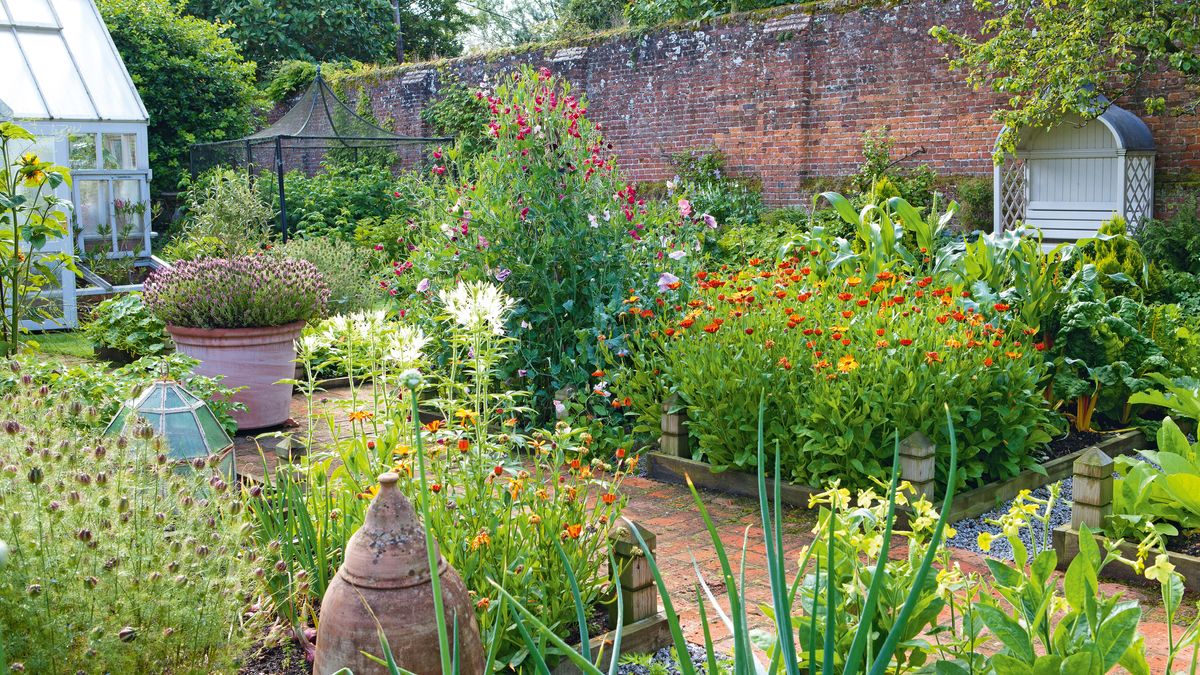 The key to a well-designed kitchen garden is to
incorporate both functionality and aesthetics.
You want it to be practical and easy to maintain, while also adding to the overall design of your home. Start by choosing a location that gets plenty of sunlight and has good drainage. Next, consider the layout of your garden. You can opt for traditional rows or get creative with geometric patterns or raised beds.
Be sure to leave enough space for pathways and access to your plants for harvesting.
Finally, choose plants that are suitable for your climate and that you and your family enjoy eating.
The key to a well-designed kitchen garden is to
incorporate both functionality and aesthetics.
You want it to be practical and easy to maintain, while also adding to the overall design of your home. Start by choosing a location that gets plenty of sunlight and has good drainage. Next, consider the layout of your garden. You can opt for traditional rows or get creative with geometric patterns or raised beds.
Be sure to leave enough space for pathways and access to your plants for harvesting.
Finally, choose plants that are suitable for your climate and that you and your family enjoy eating.
Adding Features to Your Kitchen Garden
 To take your kitchen garden to the next level, consider adding some special features. For example, a trellis or arbor can provide support for climbing plants like tomatoes or beans, while also adding height and visual interest to your garden.
Placing a small bench or seating area in your garden creates a cozy spot to relax and enjoy the fruits of your labor.
You can also add decorative elements like garden statues or colorful planters to add personality to your space.
To take your kitchen garden to the next level, consider adding some special features. For example, a trellis or arbor can provide support for climbing plants like tomatoes or beans, while also adding height and visual interest to your garden.
Placing a small bench or seating area in your garden creates a cozy spot to relax and enjoy the fruits of your labor.
You can also add decorative elements like garden statues or colorful planters to add personality to your space.
Maintaining Your Kitchen Garden
 While kitchen gardens are low maintenance, they do require some care to thrive. Regular watering, weeding, and fertilizing are essential for healthy plants.
Pruning and harvesting regularly will also keep your plants producing and prevent overcrowding.
Consider implementing natural pest control methods, such as companion planting and using organic fertilizers, to keep your garden free of harmful chemicals. With proper maintenance, your kitchen garden will continue to provide fresh, delicious produce for you and your family to enjoy.
In conclusion, a well-designed kitchen garden is a valuable addition to any home.
Not only does it provide fresh, healthy produce, but it also adds aesthetic appeal and promotes sustainability.
By carefully planning and maintaining your garden, you can create a beautiful and functional space that enhances your overall house design. So why not start planning your kitchen garden today and reap the many benefits it has to offer?
While kitchen gardens are low maintenance, they do require some care to thrive. Regular watering, weeding, and fertilizing are essential for healthy plants.
Pruning and harvesting regularly will also keep your plants producing and prevent overcrowding.
Consider implementing natural pest control methods, such as companion planting and using organic fertilizers, to keep your garden free of harmful chemicals. With proper maintenance, your kitchen garden will continue to provide fresh, delicious produce for you and your family to enjoy.
In conclusion, a well-designed kitchen garden is a valuable addition to any home.
Not only does it provide fresh, healthy produce, but it also adds aesthetic appeal and promotes sustainability.
By carefully planning and maintaining your garden, you can create a beautiful and functional space that enhances your overall house design. So why not start planning your kitchen garden today and reap the many benefits it has to offer?
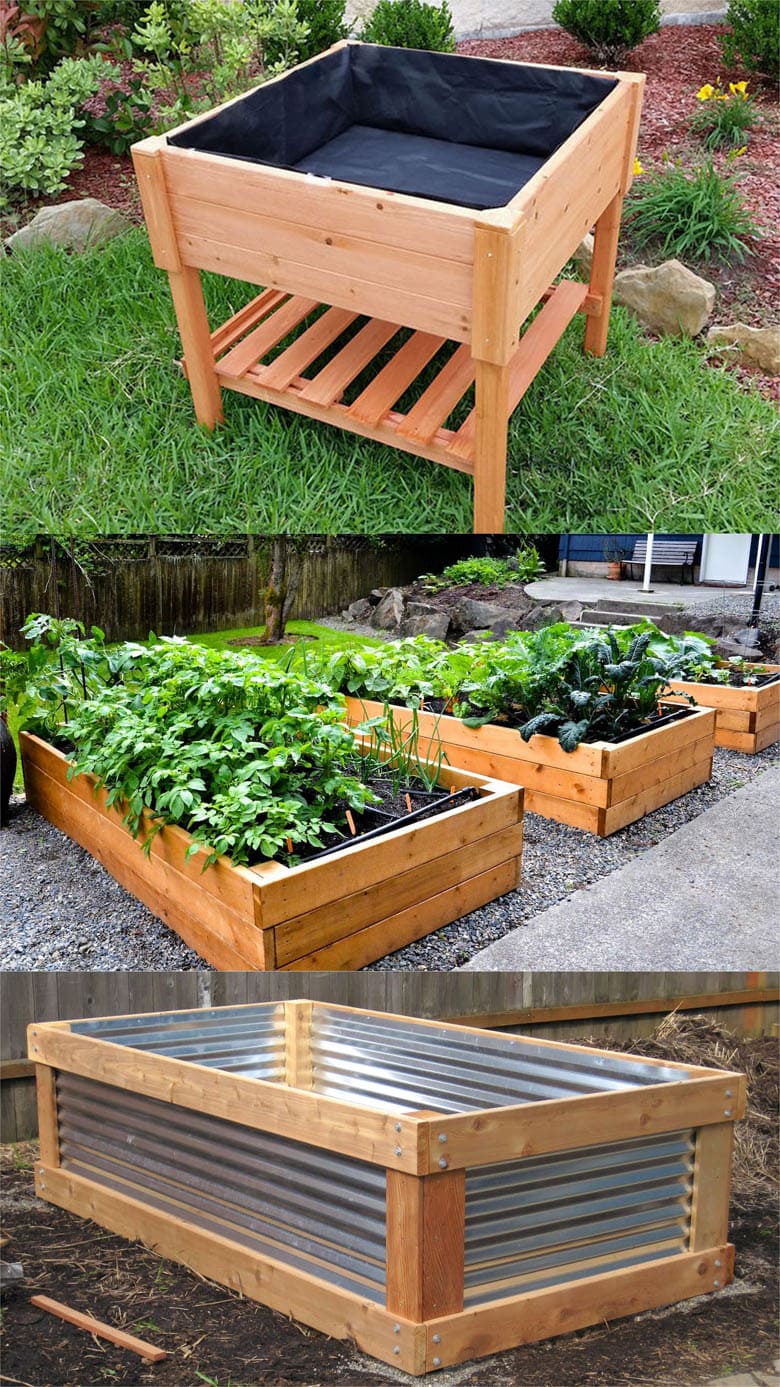


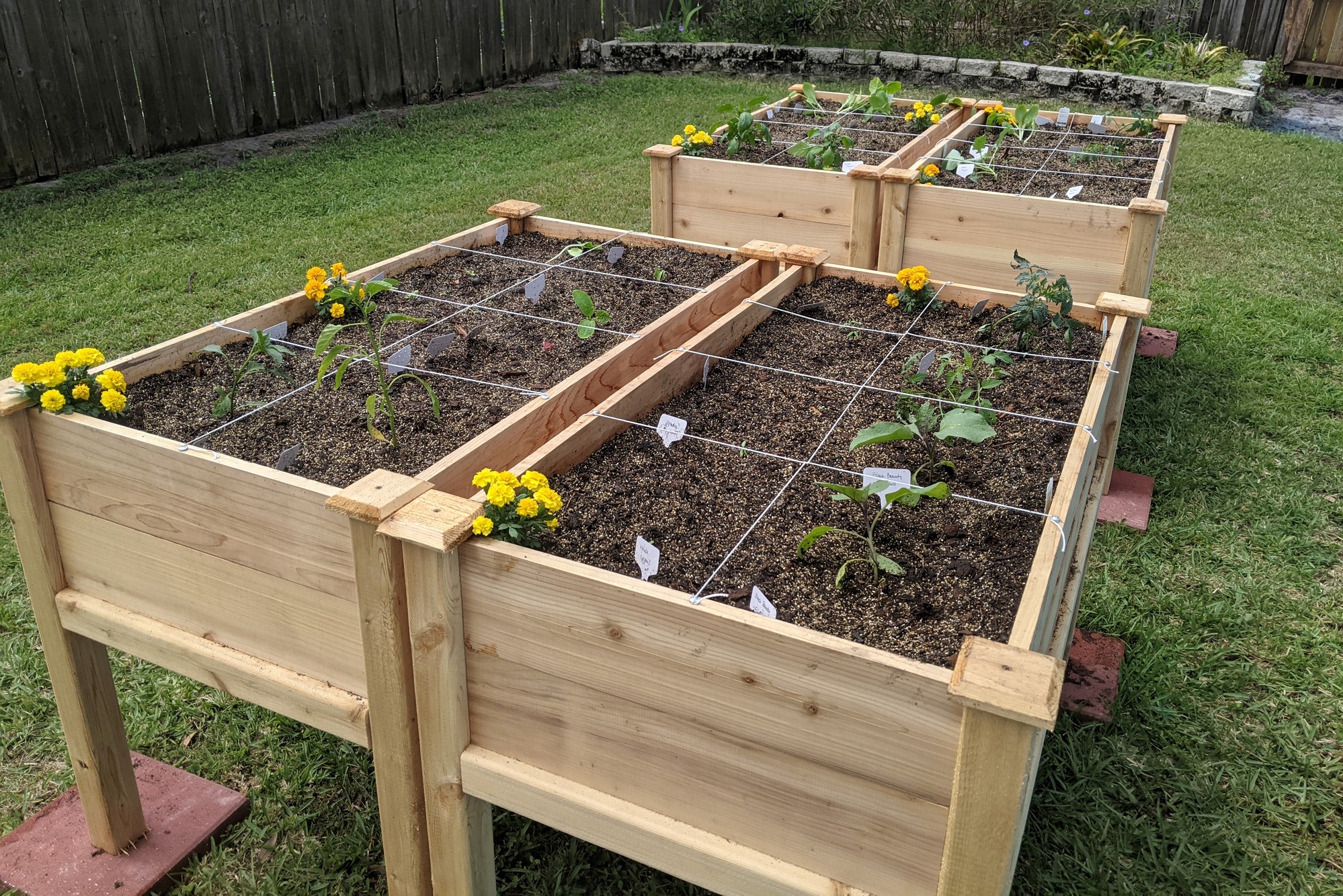









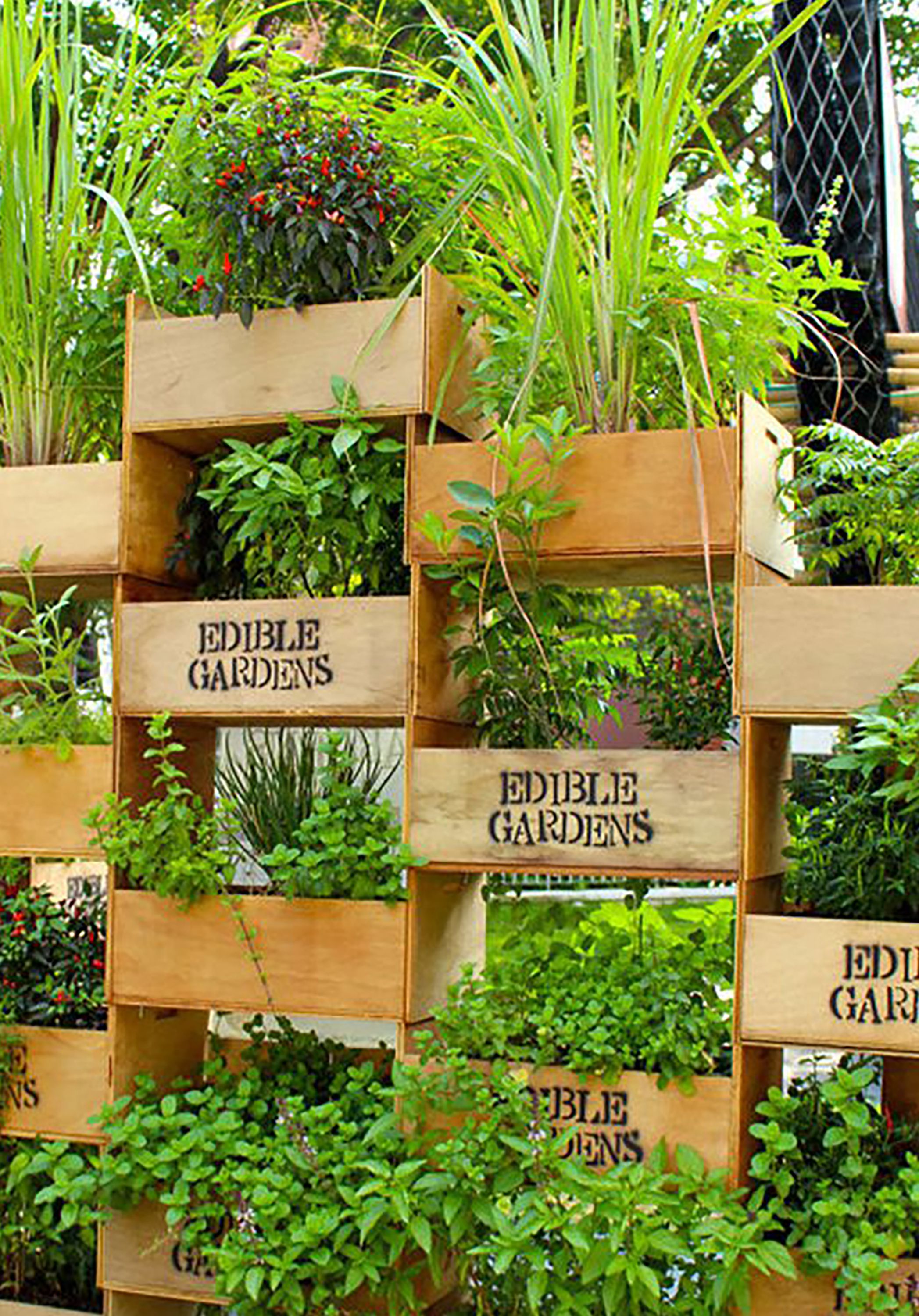

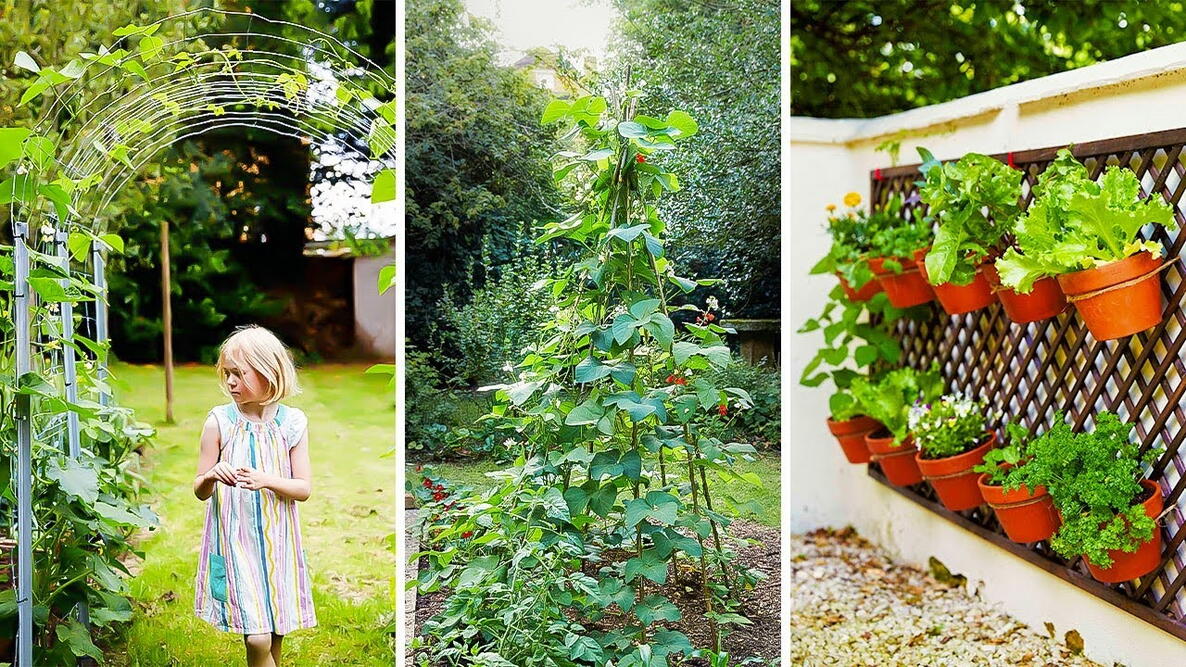

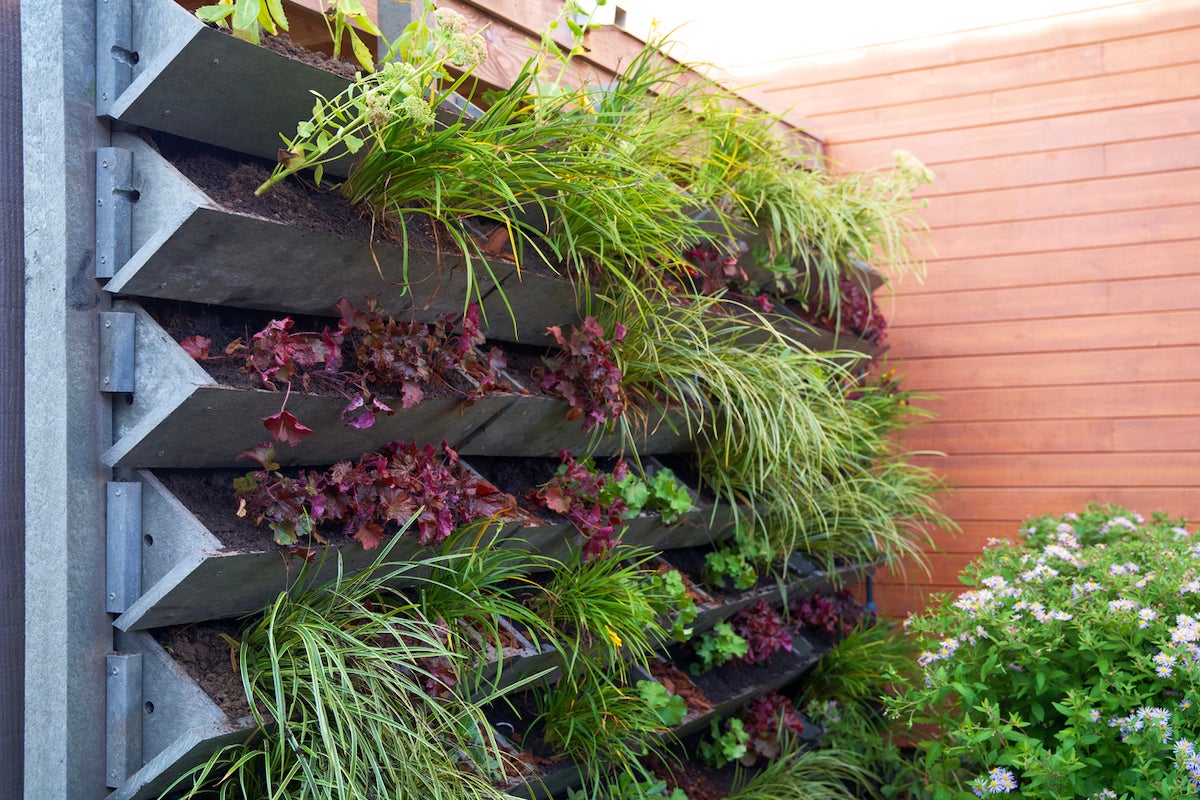
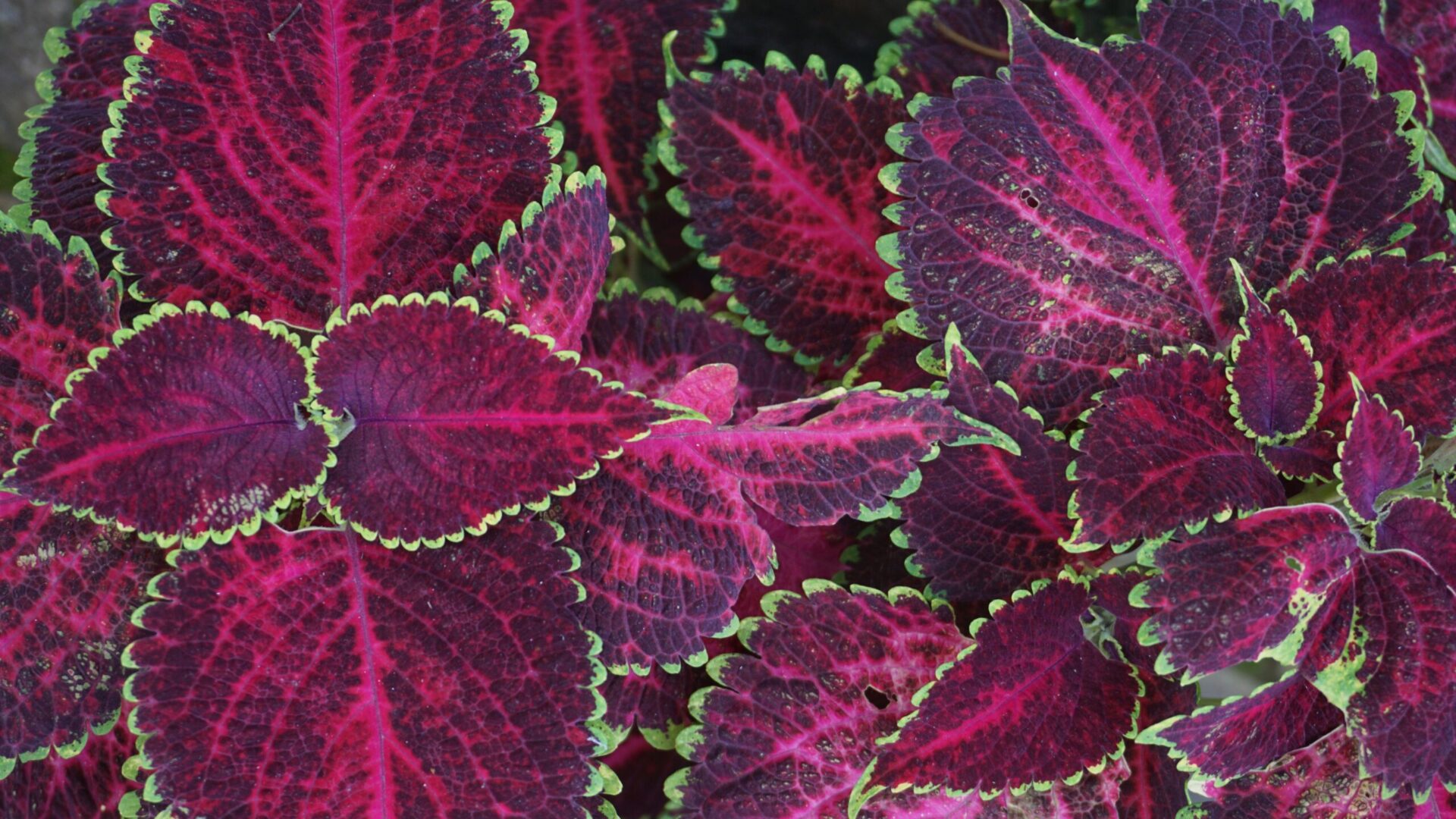

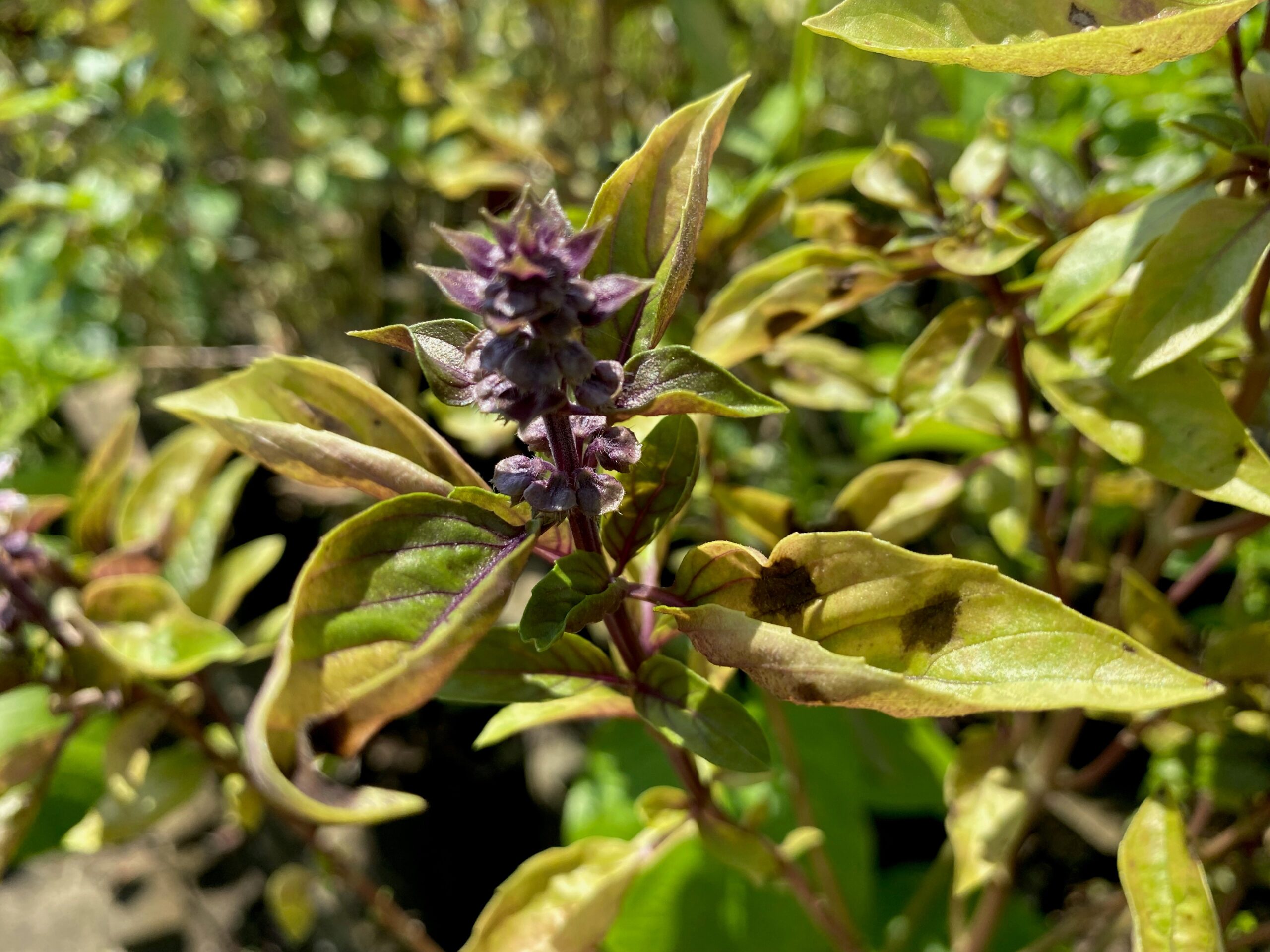

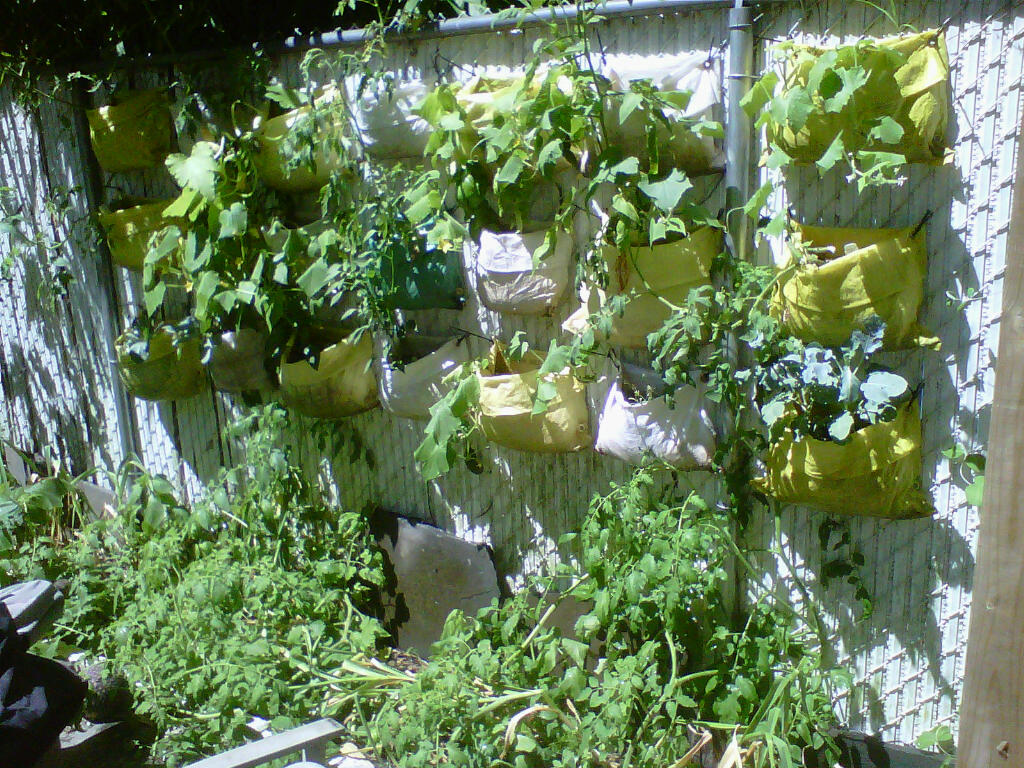
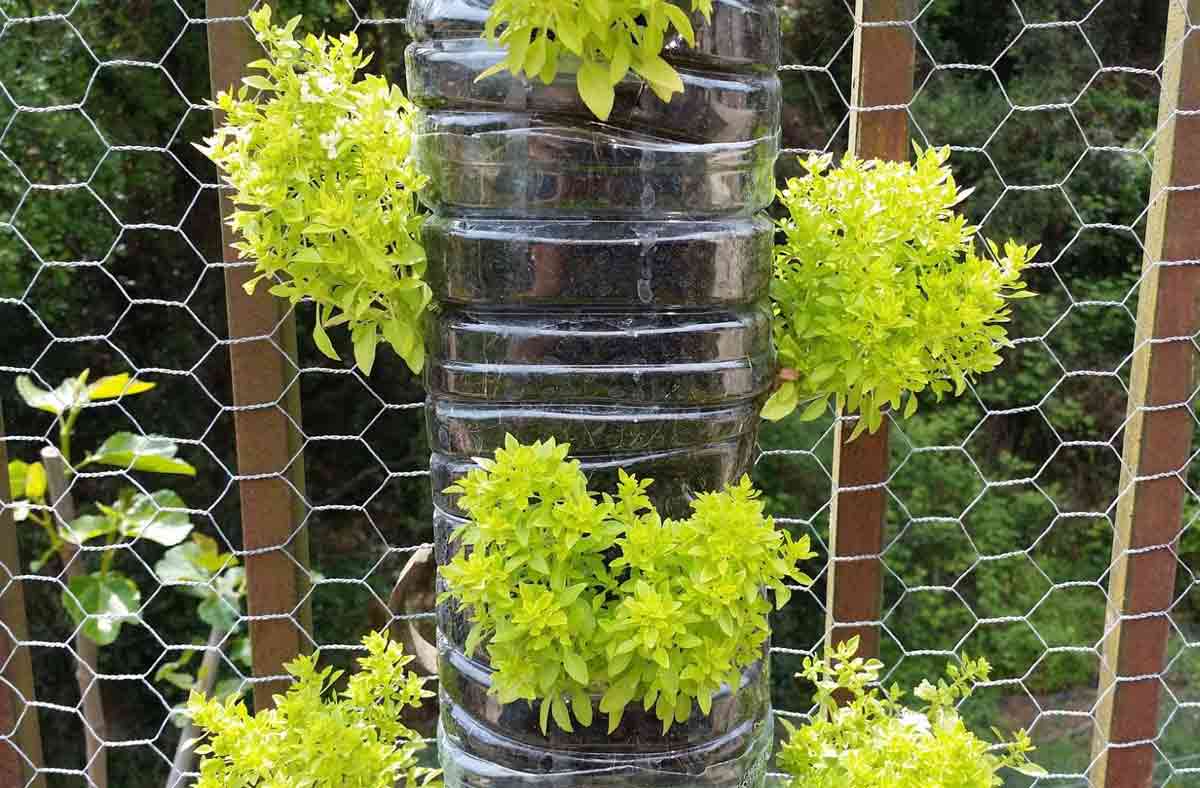



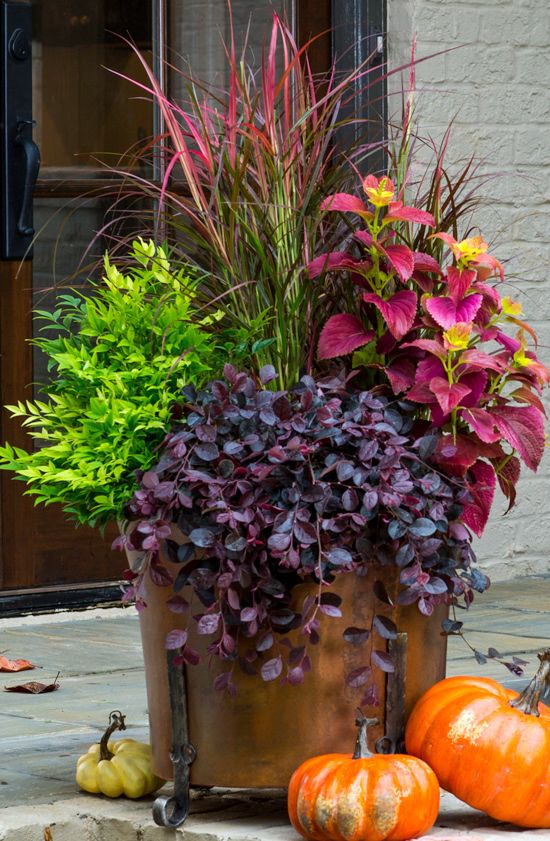
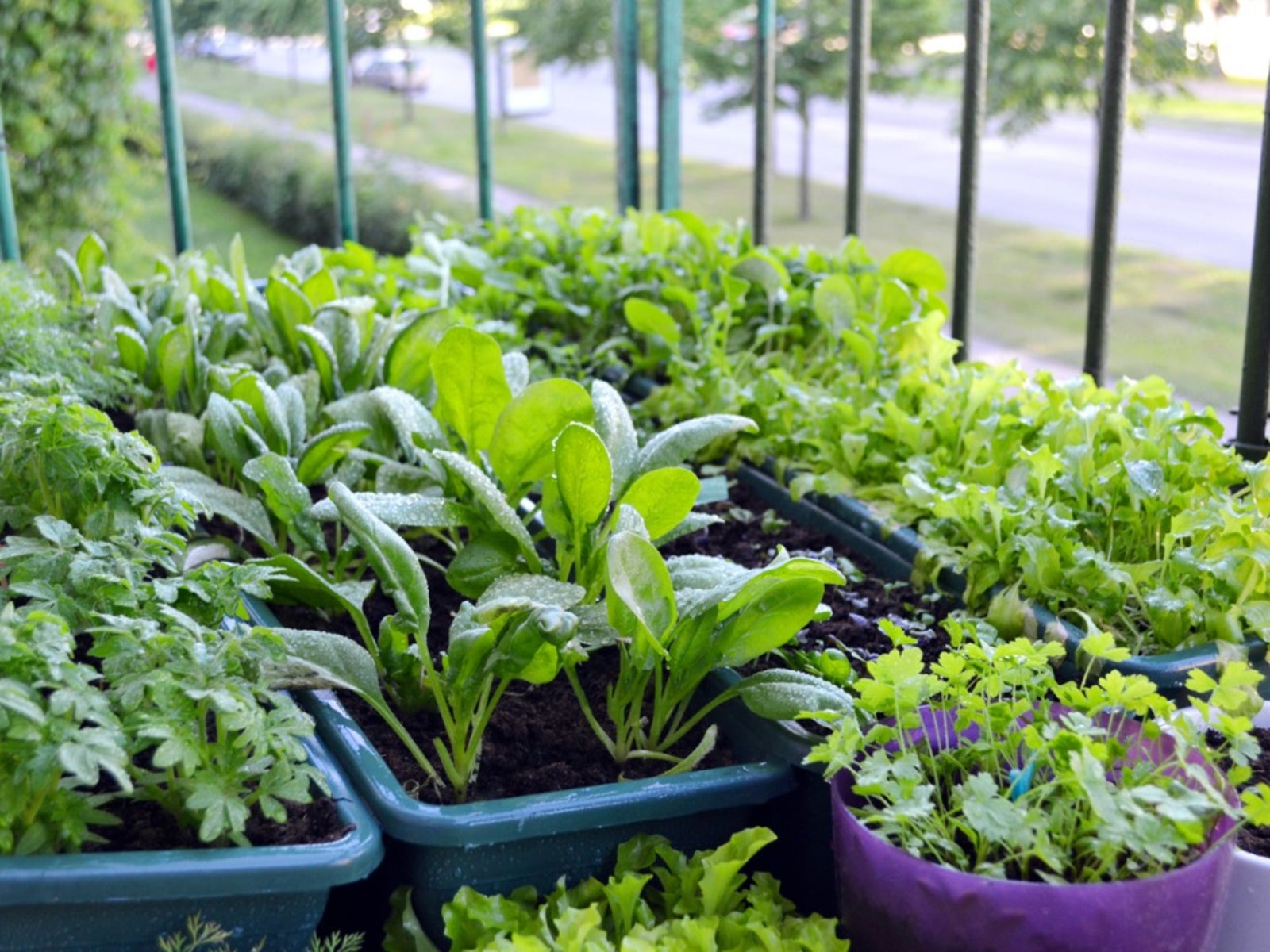

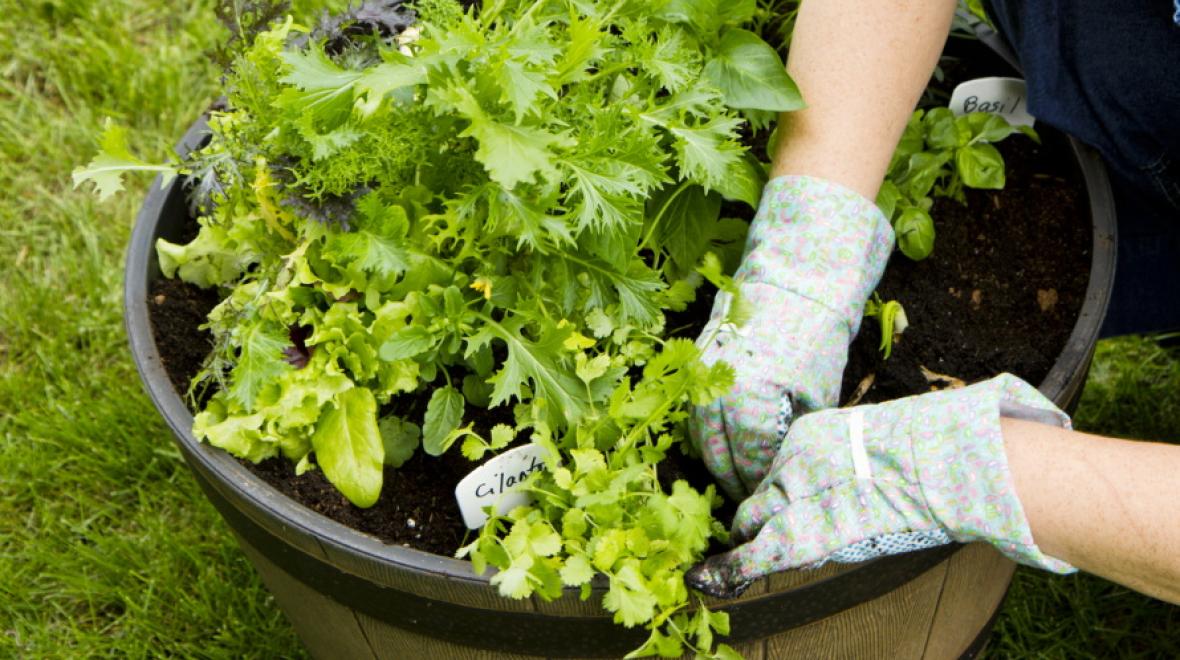





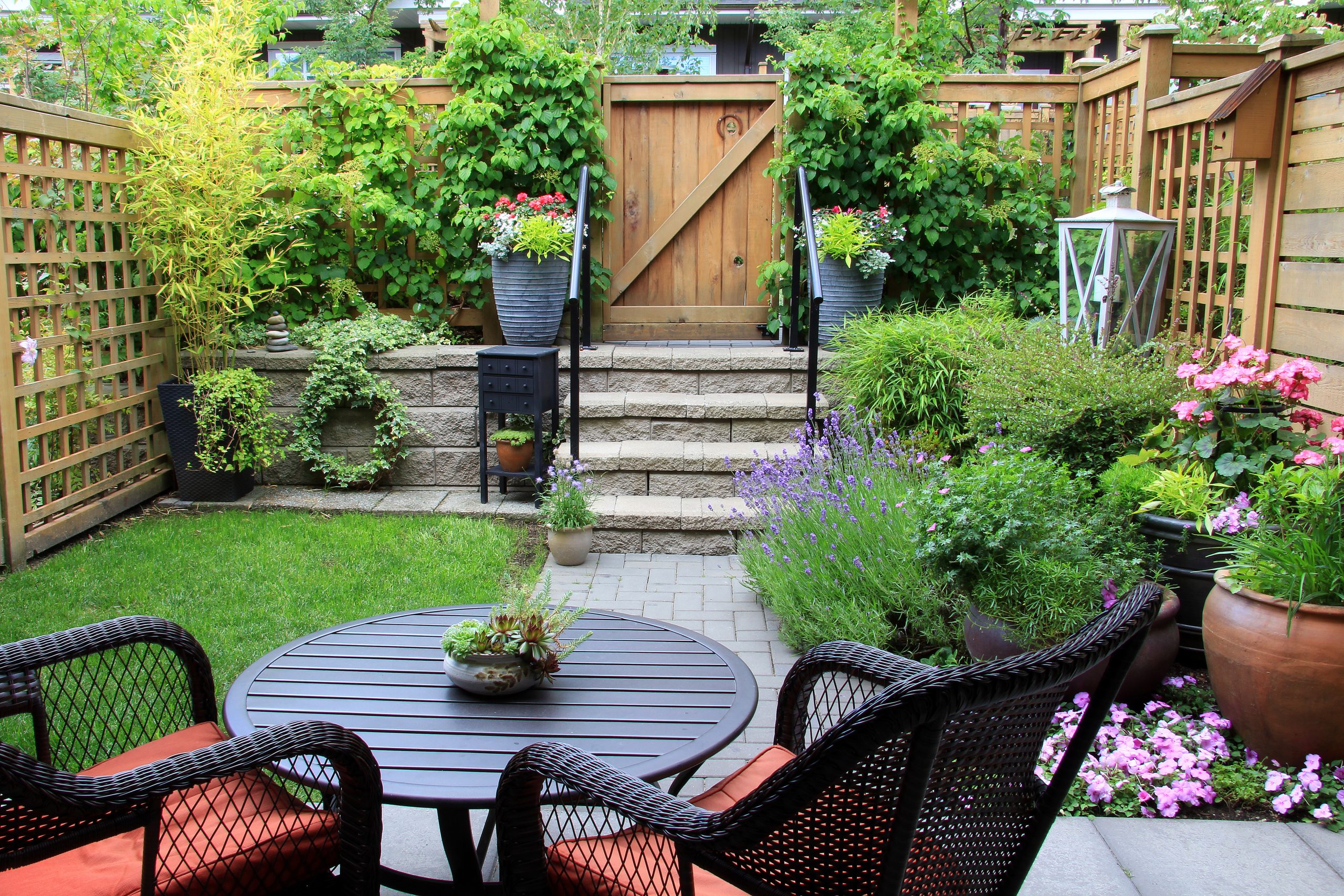










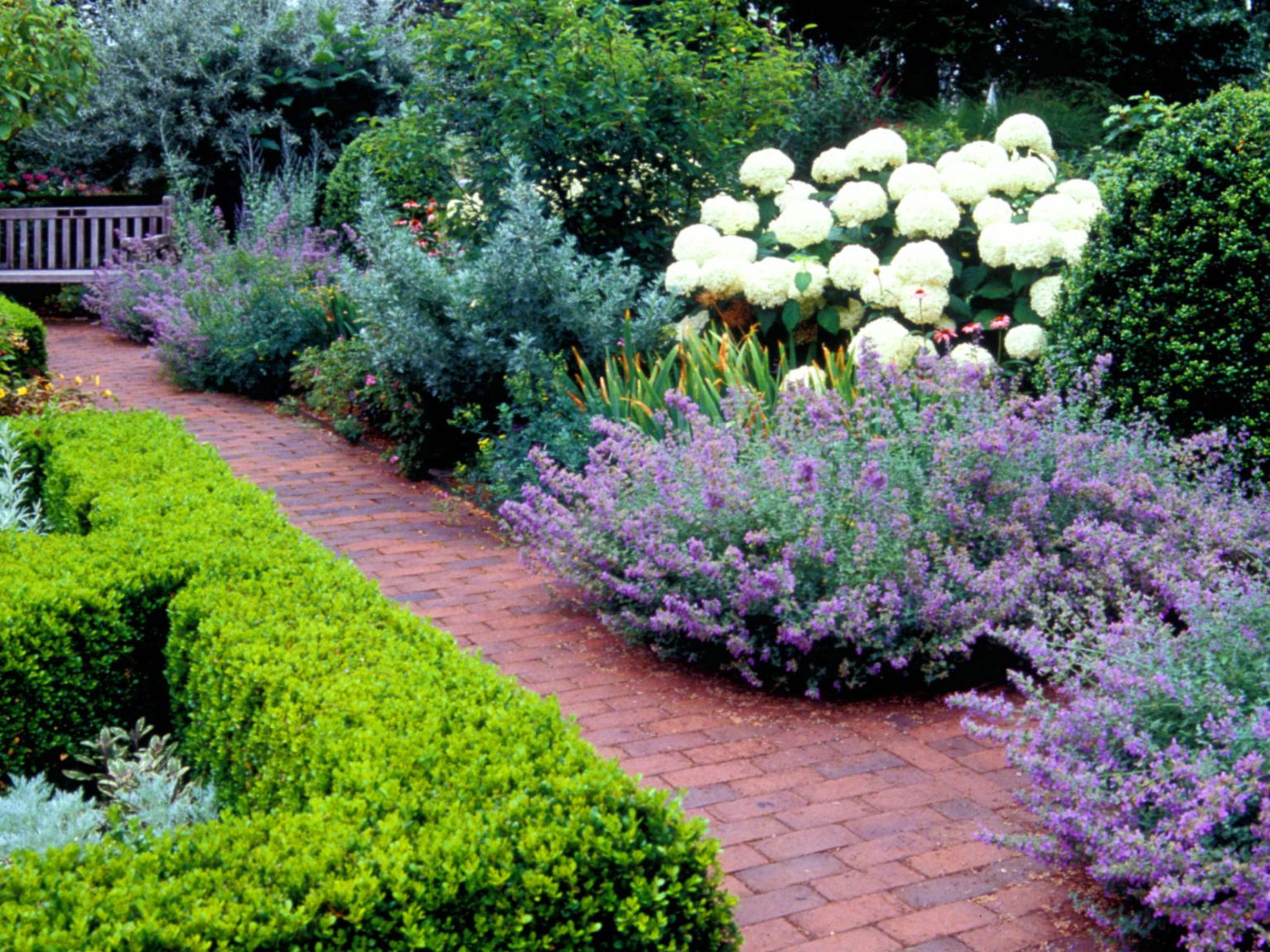




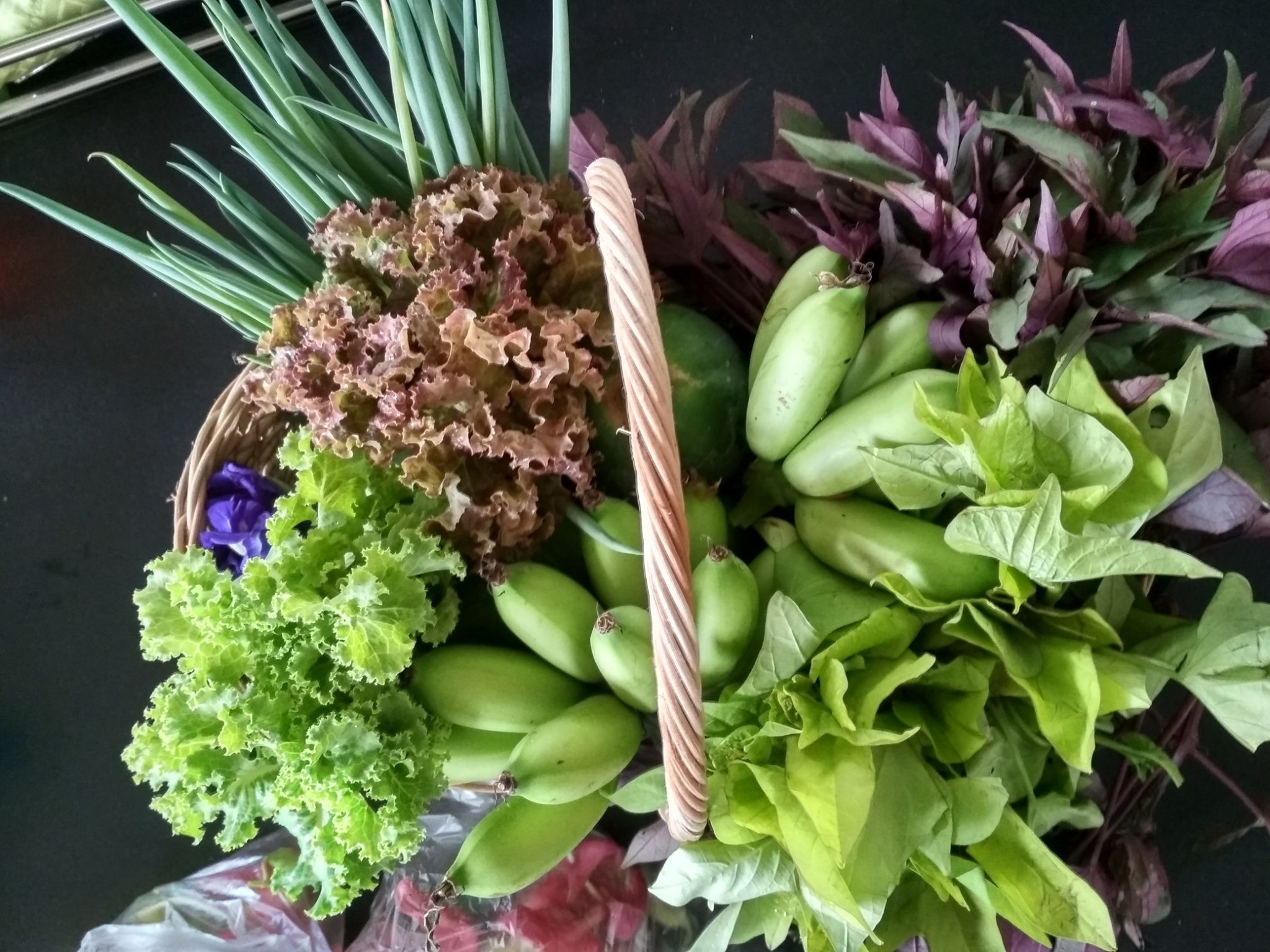


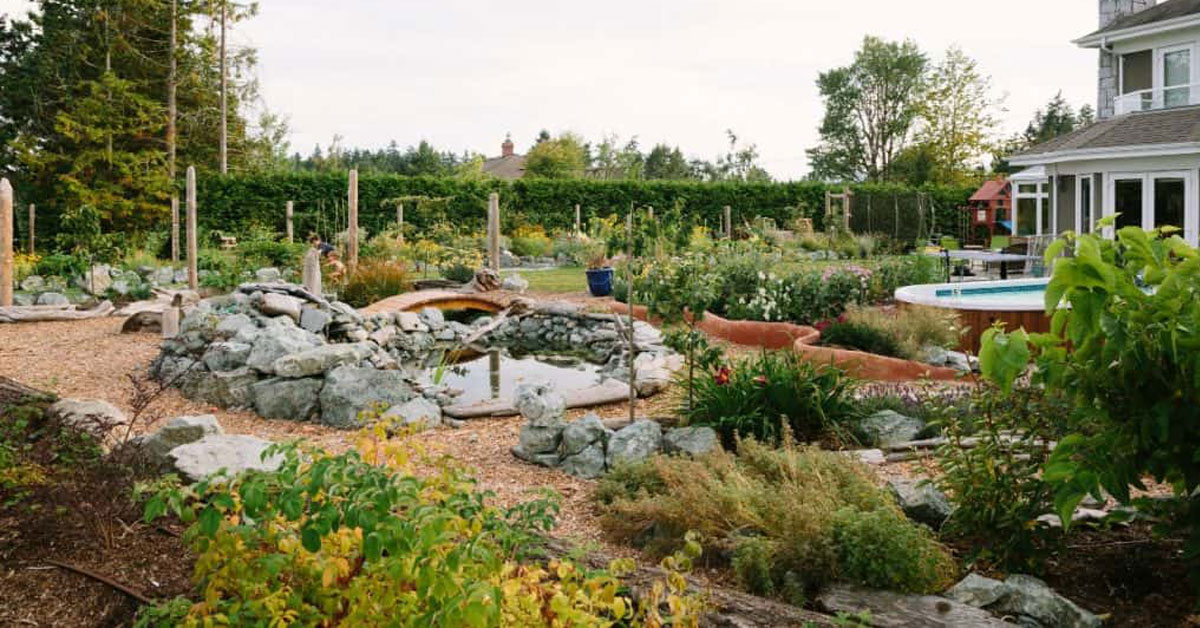



/chives-1223857306-75be89735c544d16a982ba9a08f80bb5.jpg)




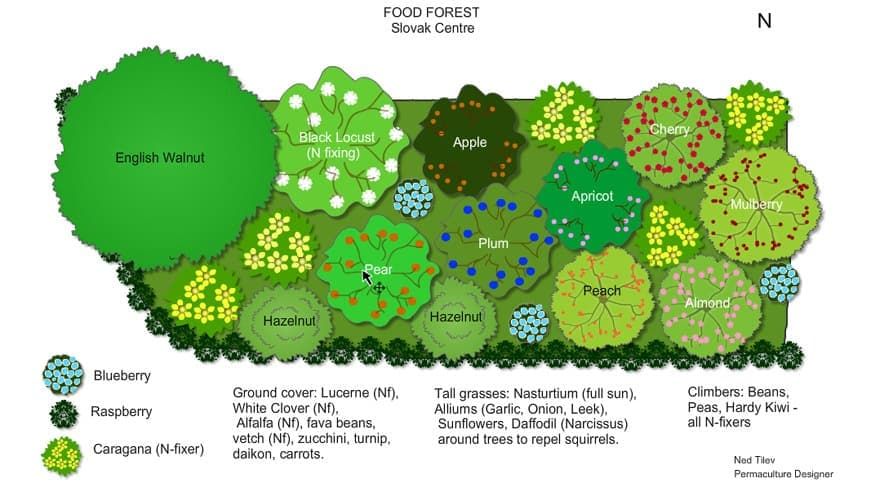





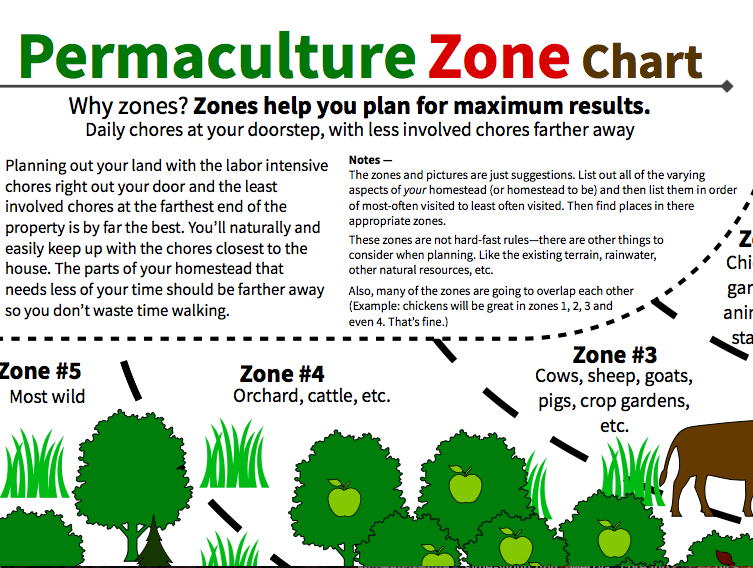



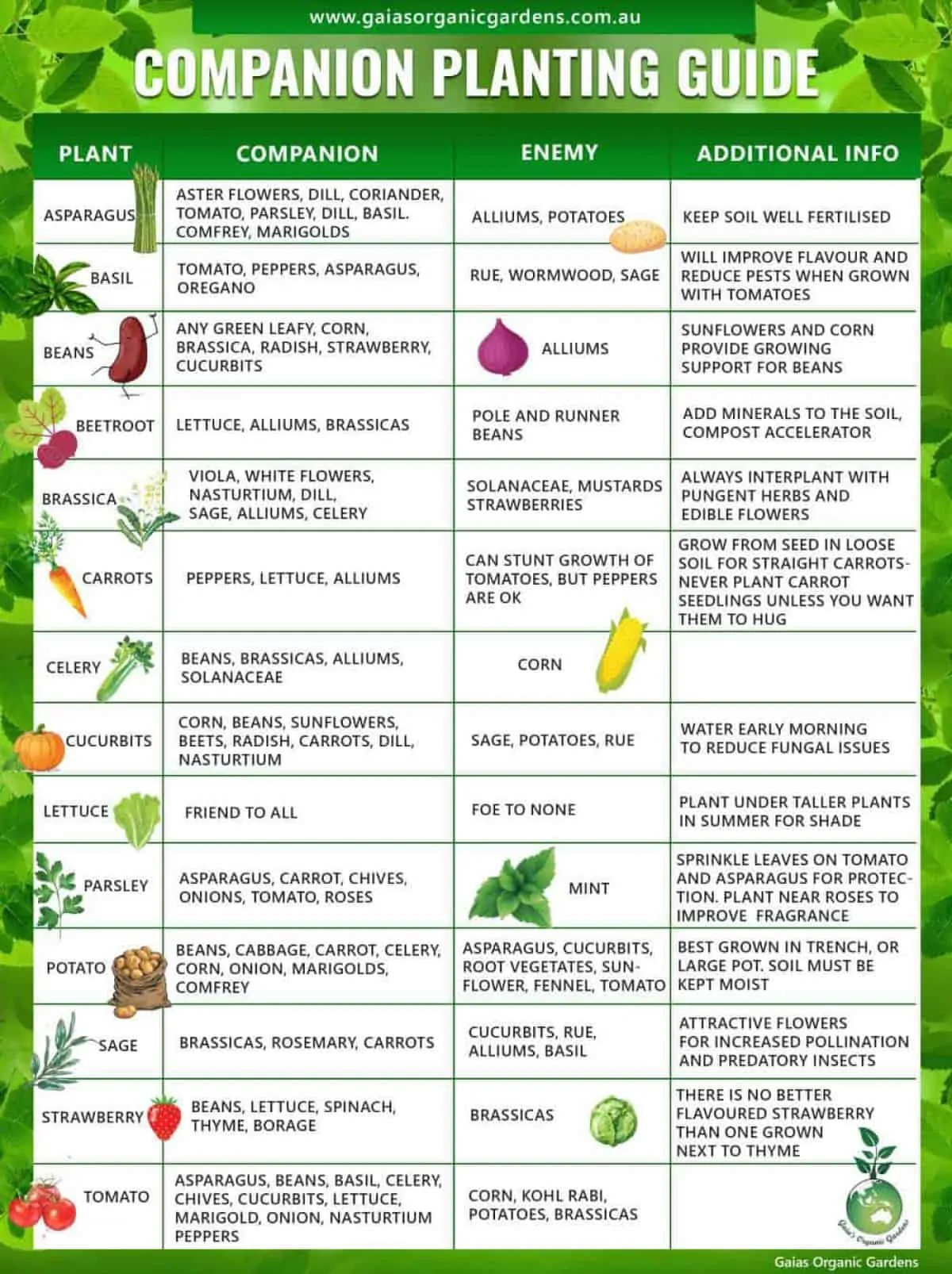








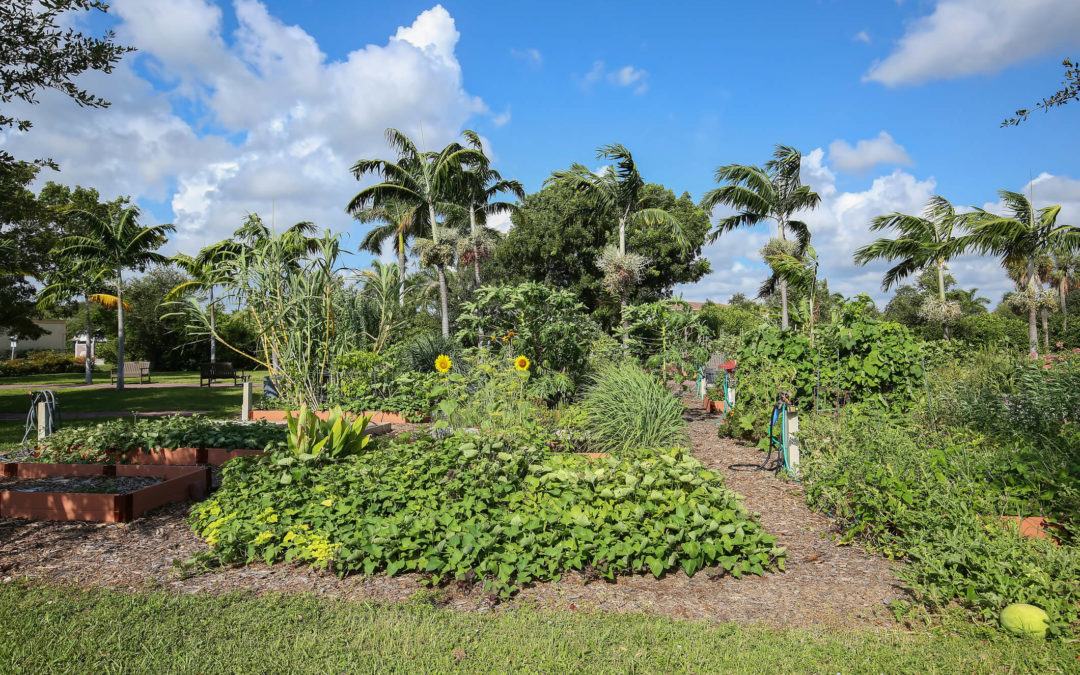






/119791286ps-56a5034d3df78cf77285f901.jpg)
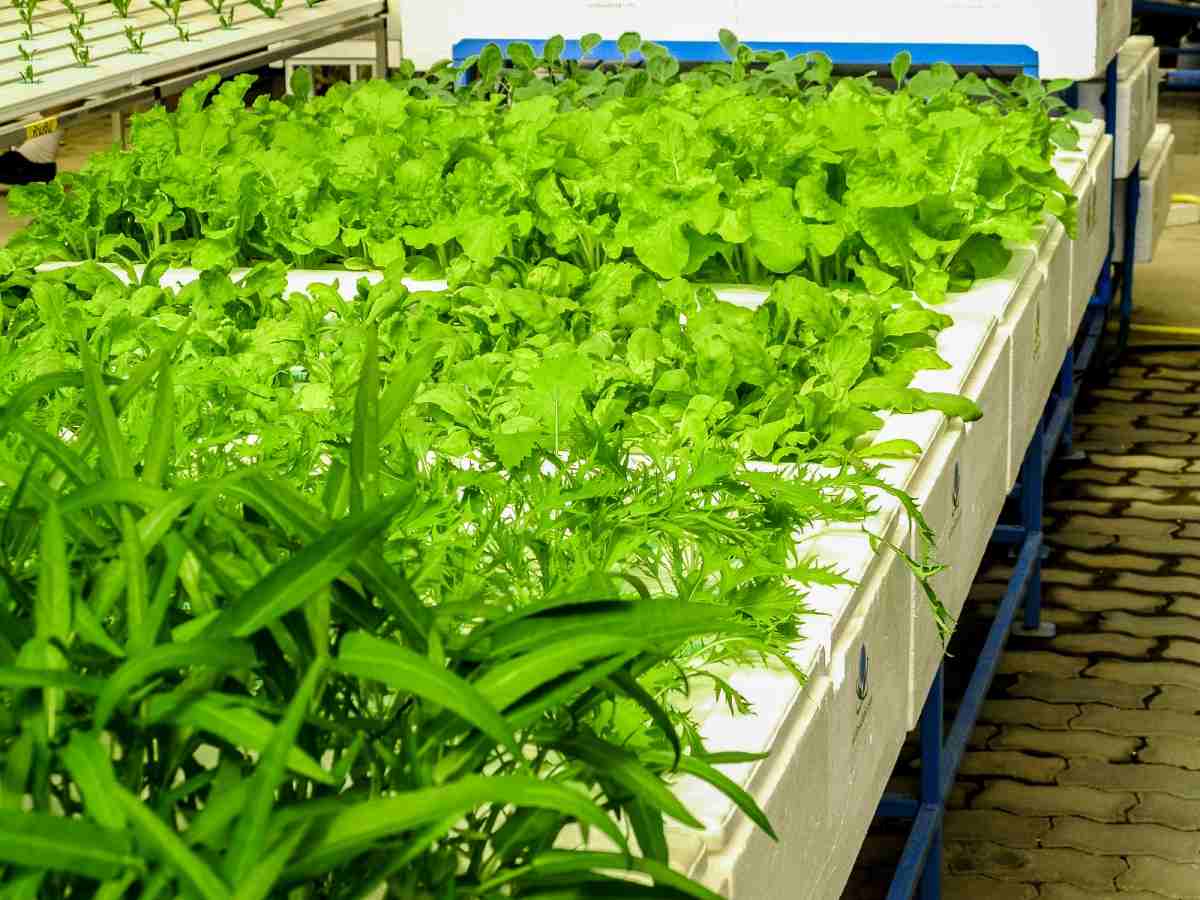


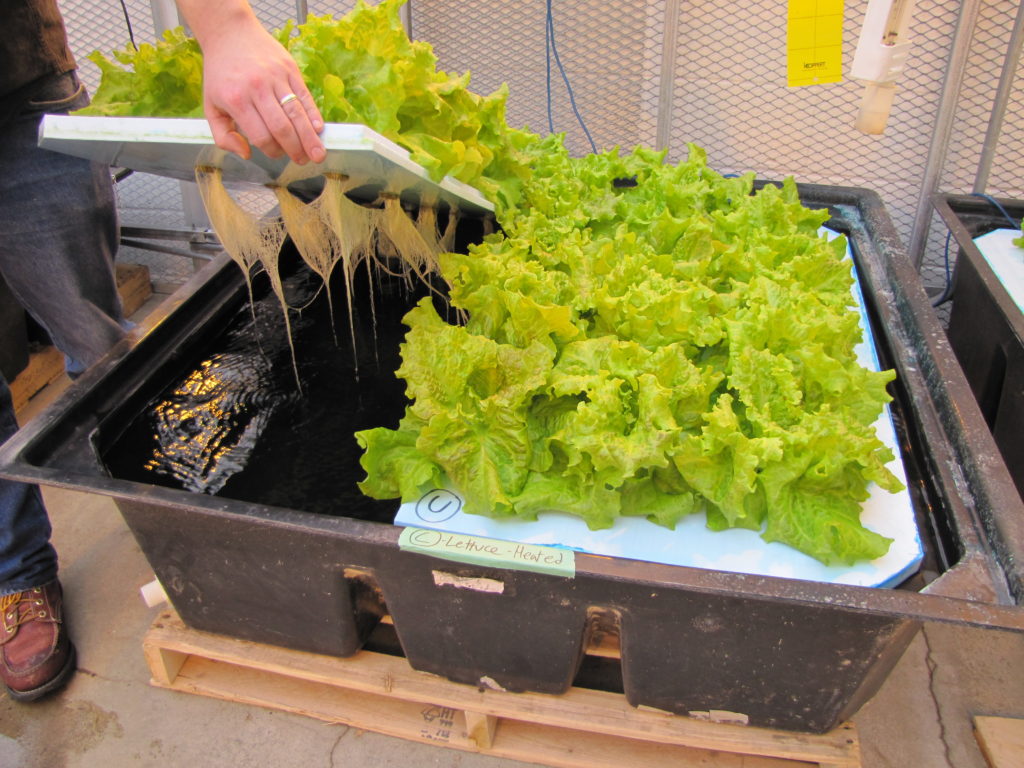


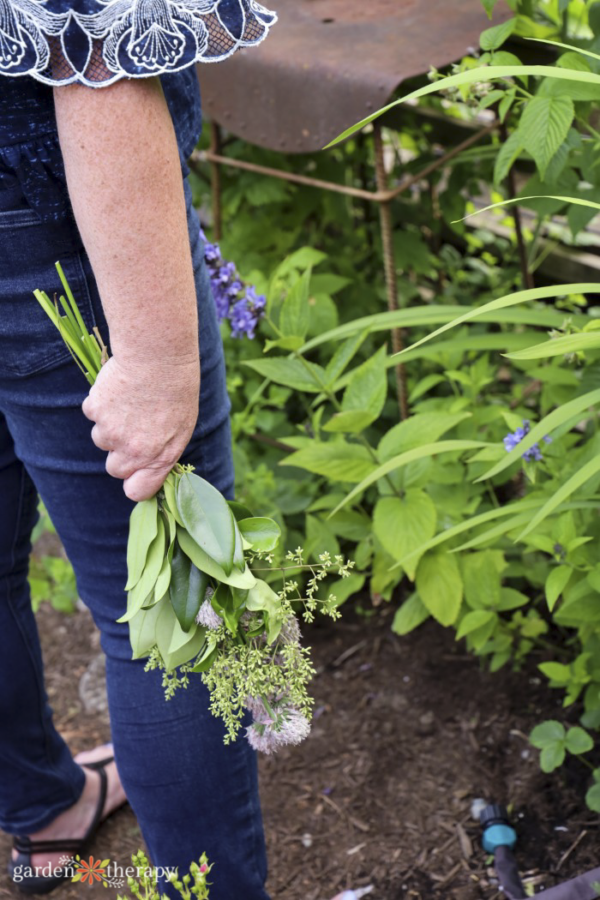






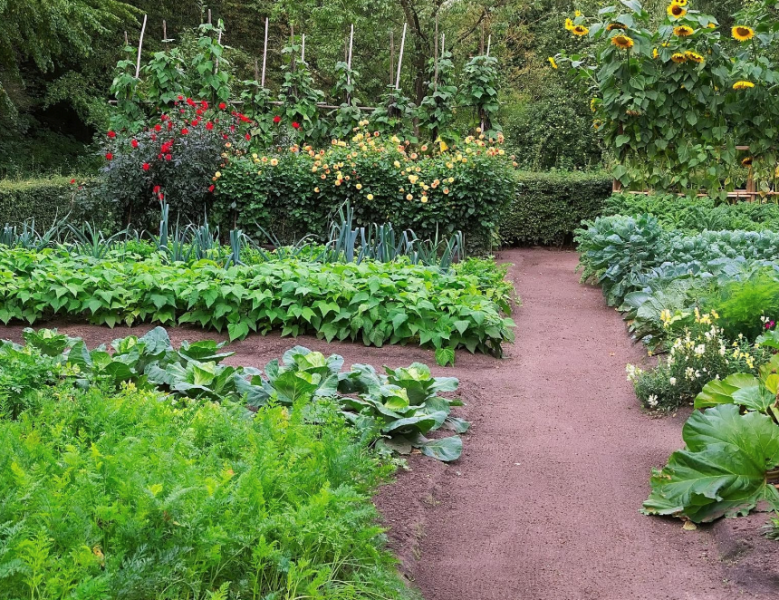

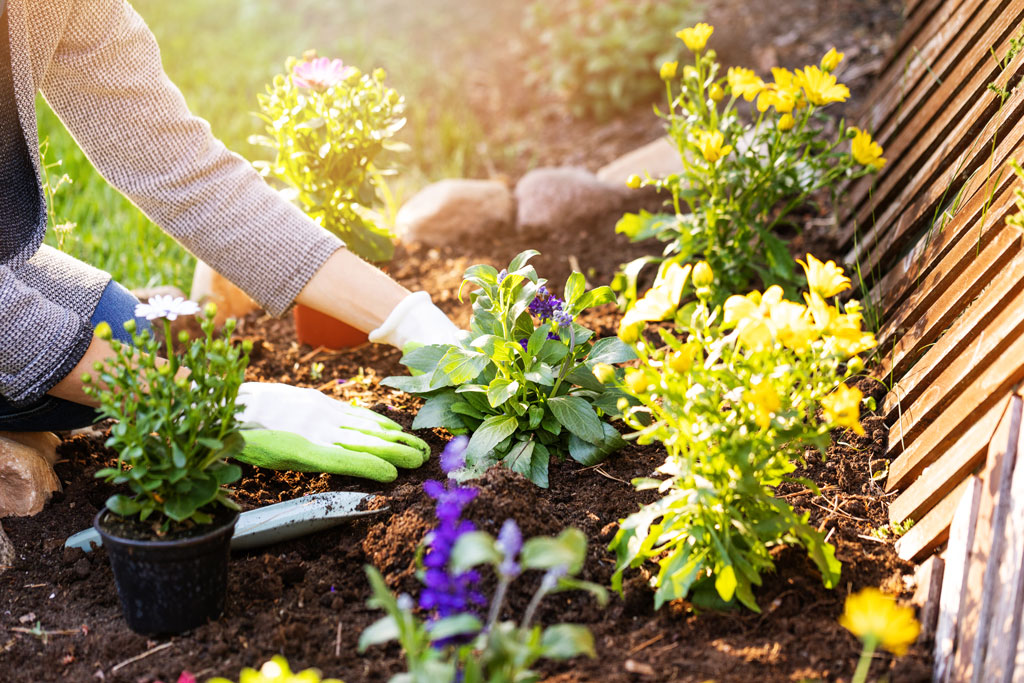

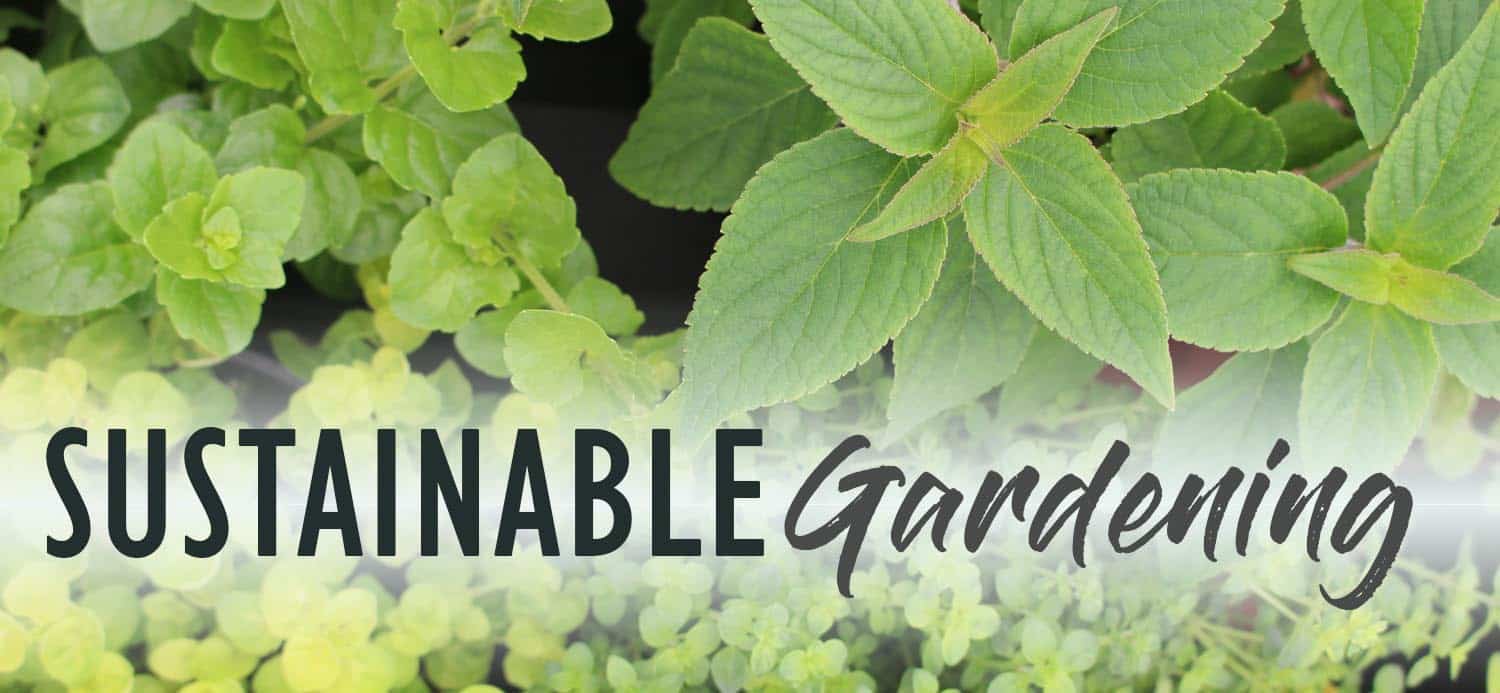

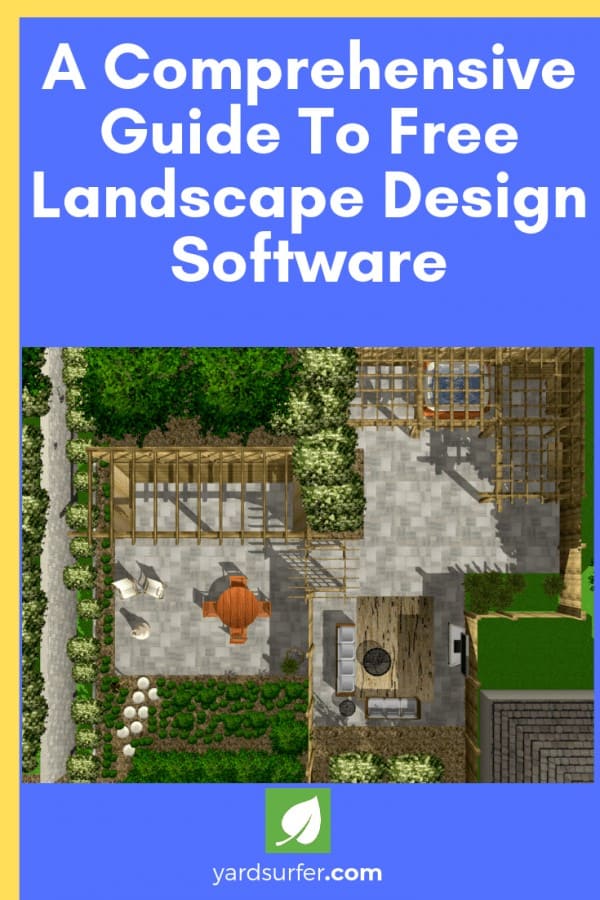



:max_bytes(150000):strip_icc()/SmartDraw-215cde7d2ac746c4a10d106c0e0271f6.jpg)
